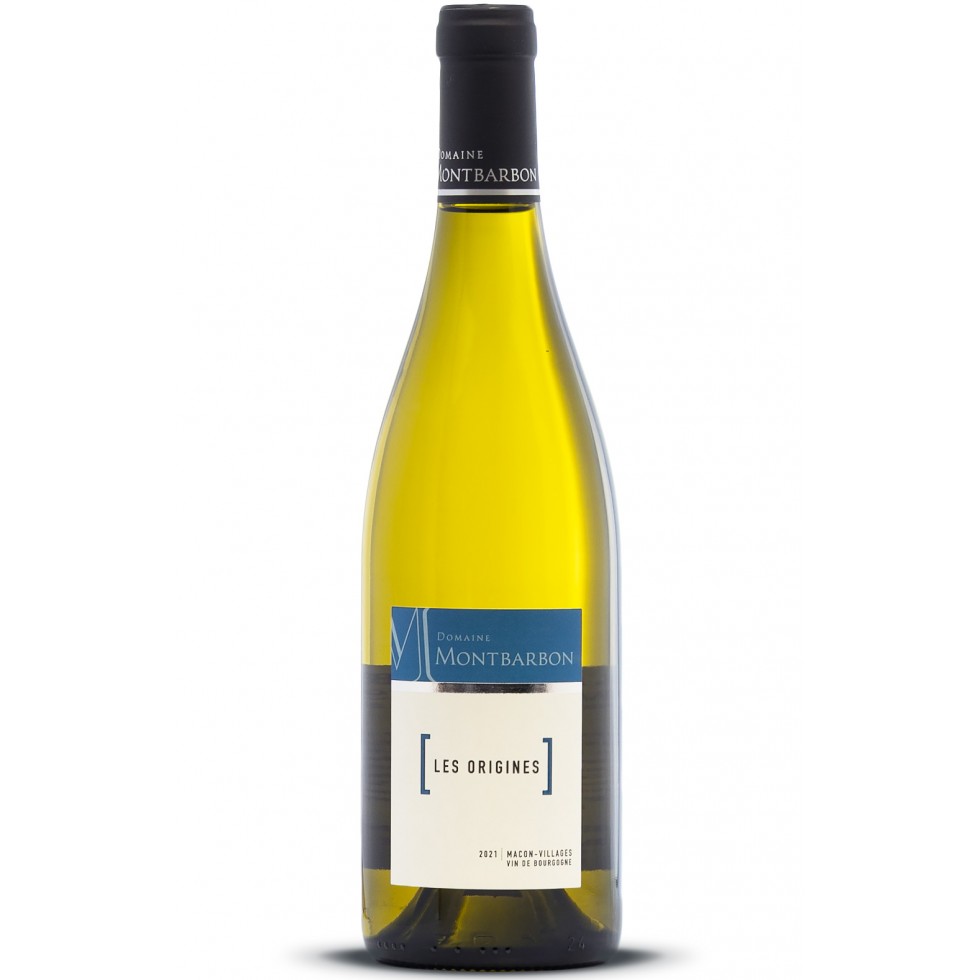The characters of the wines
The white wines of the Maconnais are of the dresses, white gold or yellow gold straw, with silvery or greenish, shiny, and soft. On the nose, their aromas suggest broom, white roses, acacia, honeysuckle, fern, verbena, lemongrass, citrus (grapefruit, tangerine). Hints of pine, quince, fennel come through on the finish. At the palace, the scenery varies according to the villages and their homelands. The wines are fresh and easy to drink, dry but very fruity. They have a good concentration, with acidity that are necessary for their duration. Roundness and smoothness characterize them.
The dress of the red wines of the Mâconnais goes from the cherry-red to dark ruby, passing by the garnet supported. The purple highlights are typical of the Gamay grape variety.
On the nose, their aromas develop accents of red and black berries (gooseberry, blueberry), which combines the under-wood, the fungus, the nucleus, the animal. The age of the tire to the plum, pepper. Full of vitality and liveliness, they are fleshy and spontaneous. Gay and fond, a little hard and full-bodied in their youth, they will soften and be smooth. Structure and texture excellent.
Sommelier's recommendation
White : at the aperitif, of course, for the charm insolent of his good looks sharp, on cakes, crackers, peanuts and olives. But his versatile character, associated with its liveliness, its roundness, its smoothness and its aromatic complexity makes this a wine very easy to pair, because it is a very balance full : poultry and veal in sauce crémée the worship in the winter, just like the risotto well with creamy meat or fish. In the summer, grilled fish, antipasti and cold ratatouille, salads complexes with the onion does not hold him. He rolls in his strength aromatic all fruity. Even the sushi and the goat cheese have adopted it.
Service temperature : 10 °to 11 ° C as an aperitif, 11 to 12 °C during the meal.
Reds : perfumed, meaty and alive, they are wonderful with charcuterie (pork meats, such as hams, terrines and pâtés, of which the texture is round and oily, is balanced by the freshness of the wine. The same role as the beguiling and fabric softener is obtained with the meat fibrous and subtle, such as rabbit, and boiled or braised beef. Perfect on homemade burgers and tapas, to which they lend vivacity and allure on the palate, the wines from Mâcon to accompany the salads of summer, still due to their aromatic strength and cheerful disposition.
Serving temperature : 14 °to 15 ° C.
Rosé wines : gourmet and bright, they are needed on deli meats, couscous, tagines and taboulés, vegetarian gratins, omelettes, onion tarts, burgers and pizzas.
Serving temperature : 11 to 12 °C.
Situation
The Burgundy of the South, offers the vines with a host of valleys and hills with shades of colors watercolor. Between the Côte Chalonnaise and the rock of Solutré, the monts du Mâconnais extend for some 40 kilometres, bordered by the Saône and the Grosne. Established here since the gallo-roman period, the vine was a great momentum thanks to the powerful abbeys of Cluny and Tournus. What a happy nature, sung by Lamartine, the child of the country ! The city of Macon maintains strongly the traditions of the vineyard, the face kind and smiling.
Established in 1937, the Appellations of Controlled Origin of the white wines of the Mâconnais can be called (in Chardonnay) in the arrondissement of Mâcon and its 11 surrounding communes : Mâcon-Villages and Mâcon followed by the name of the commune of origin.
The Mâconnais is the soul of Southern Burgundy. Sung by Lamartine, the child of the country, it stretches over forty kilometers from the Côte Chalonnaise to the rock of Solutré. Between the Saône and the Grosne, valleys and hills welcome to the vine. It flourished here since the gallo-roman period. The powerful abbeys of Cluny and Tournus, has given him a keen momentum. Around the town of Mâcon, which is strongly attached to its wines, the villages have a mixture of bonhomie, smiling, shades of watercolor : houses, galleries, spires, novels...
Established in 1937, the Appellations of Controlled Origin of the red wines of the Mâconnais can be called Mâcon (as well as in rosé, Gamay Black with white juice and Pinot Noir, in the arrondissement of Mâcon and 11 other surrounding cities). The wines can also be called (including rosé) Mâcon followed by the commune of origin.
Terroirs
White wines: The monts du Mâconnais are a set of hills separated by faults parallel and oriented towards the north/northeast or south/south-west. These are favourable to the vine. In Chardonnay, the wines from brown soil calcium or limestone, rendzinas. The land of siliceous, clayey or sandy, often mixed with ""chailles", " or pebbles of sandstone, promote the Chardonnay earlier.
Red and rosé wines: Separated by faults parallel, the monts du Mâconnais are a set of links oriented towards the north/northeast or south/south-west. These hills welcome with happiness the vine. Rendzinas, brown soil limestone or calcium agree
Pinot Noir or Chardonnay guard. The land of siliceous, clayey or sandy, often mixed with ""chailles", " or pebbles of sandstone, promote the Chardonnay and early, in red, Gamay, comfortable also on the granitic soil of the land announcing the arrival of the Beaujolais neighbor.
-
Category
Regional Appellation
-
Wine region
THE VINEYARD OF THE MÂCONNAIS
-
Information
White wines:
Regional Appellations of the vineyard of the Mâcon, in Saône-et-Loire (AOC).
The name of VILLAGES or name of the commune of origin may not be assistant of that of MÂCON, only for the wines collected inside the delimited surface of the appellation MÂCON VILLAGES on the territory of the 26 groupings of municipalities identified.
Communes of production :
Macon : communes of the arrondissement of Mâcon and 11 commons close.
Mâcon Villages : Azé, Bray, Burgy, Bussières, Chaintré, Chardonnay, Charnay-lès-Mâcon Cruzille, Davayé, Fuissé, 'igé, Loché, Lugny, Mancey, Milly-Lamartine, Montbellet, Péronne, Pierreclos, Prissé, La Roche-Vineuse, Saint-Gengoux-le-National, Solutré-Pouilly, Uchizy, Vergisson, Verzé, Vinzelles.
Red and rosé wines:
Regional Appellations of the vineyard Mâcon, in Saône-et-Loire. The name of the commune of origin may be assistant of that of MÂCON where the wine is produced on the areas delineated in the 20 clusters of municipalities defined in the decree.
Communes of production :
Macon : communes of the arrondissement of Mâcon and 11 commons close.
Mâcon followed by the name of the commune of origin : Azé, Bray, Burgy, Bussières, Chaintré, Chardonnay, Charnay-lès-Mâcon Cruzille, Davayé, 'igé, Lugny, Mancey, Milly-Lamartine, Péronne, Pierreclos, Prissé, La Roche Vineuse, Serrières, Saint-Gengoux-le-National, Verzé.
-
Area under production
White wines:
Area under production* :
1 hectare (ha) = 10,000 m2 = 24 working hours
3 345,82 ha, of which
Macon : 84,33 ha
Mâcon-Villages : 1 884,65 ha
Mâcon + name of commune :
1 376,84 ha
*in 2011
Red and rosé wines:
Area under production :
1 hectare (ha) = 10,000 m2 = 24 working hours
522,45 ha, of which
Macon : 324,99 ha
Mâcon + name of commune :
197,46 ha
White wines, Chardonnay grape variety.
Red and rosé wines, grape varieties Gamay and Pinot Noir.
Source : BIVB






